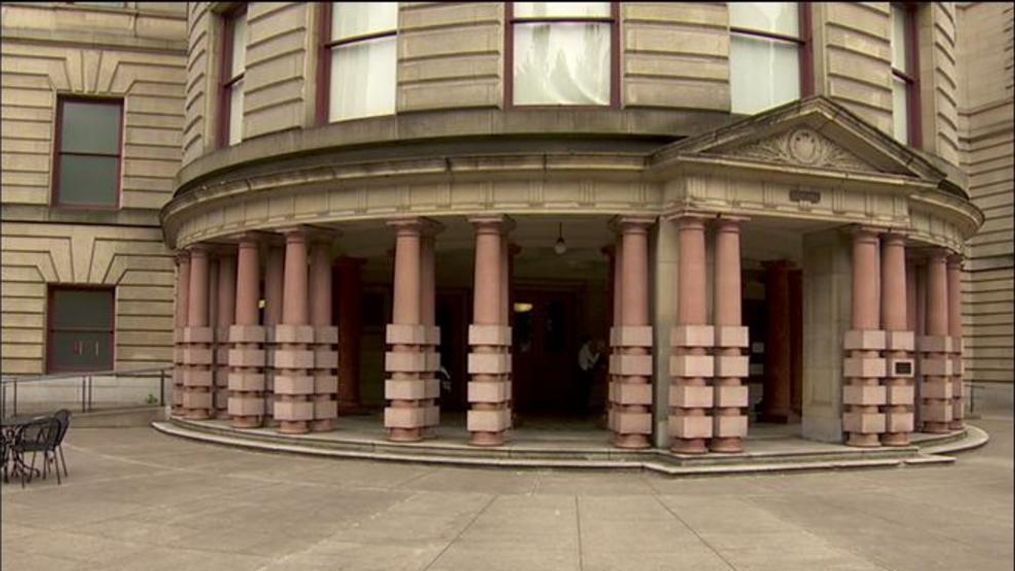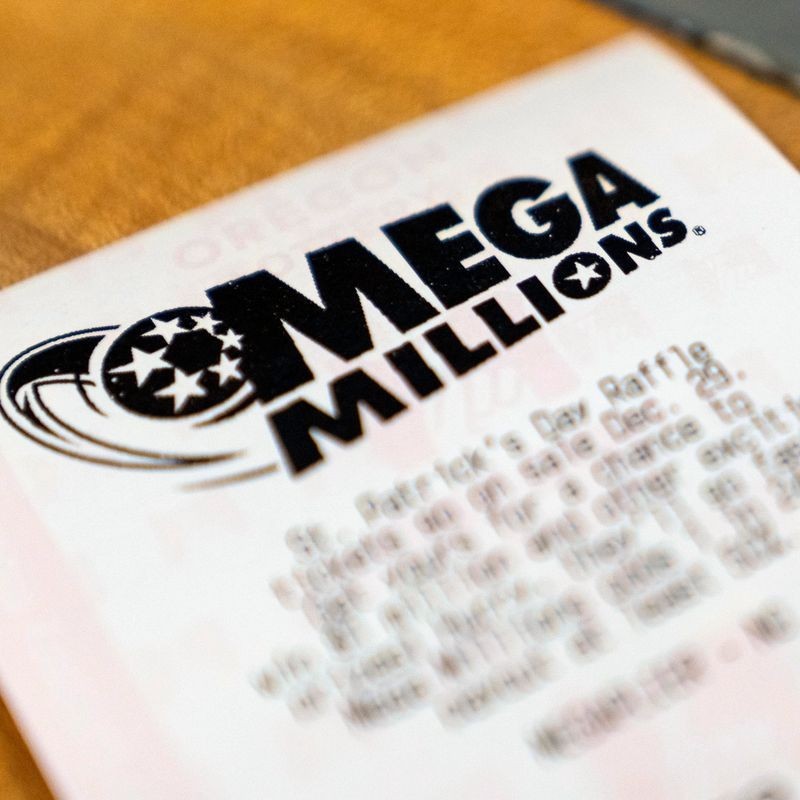City of Portland $3.4 billion in debt, ranks near bottom of national 'fiscal health index'

PORTLAND, Ore. — The city of Portland is currently about $3.4 billion in debt and ranks near the bottom of a national "fiscal health index."
The Fiscal Timesevaluated the finances of 116 U.S. cities with populations greater than 200,000 and ranked Portland No. 103 last year.
Officials say Portland's debt has risen by more than 20 percent over the past 10 years from$2.82 billion in 2008.
The city currently pays more than $500 million annually to service its debt, which includes both principal and interest. The city's total budget this year is $5.1 billion.
Eric Johansen, the city's debt manager, said experts consider Portland to have a well-managed debt program.
“We have the highest possible bond ratings on our unlimited tax general obligation bonds, on our first lien water revenue bonds," he said. "We have very high ratings on our sewer bonds.”
Johansen sent a KATU reporter a chart itemizing the debt by type that shows sewer revenue bonds make up the largest component, accounting for more than 46 percent of the city's debt.
He suggested much of that is due to Portland's $1.4 billion Big Pipe project completed in 2011.
The second most expensive category is water revenue bonds, which make up about 18 percent of the city's debt followed by urban renewal and development bonds (14 percent), limited tax revenue bonds for housing, local improvements, the convention center, light rail, the Sellwood Bridge and stadium costs (11 percent) and pension obligation bonds for the city's public employees retirement system (PERS) debt (5 percent).
A staff member in the mayor's office confirmed a recent report saying that since 2015 city employees have received 10 severance payouts of more than $100,000 and that in some cases there was no contractual or legal obligation to pay anything. Johansen would not comment on the report.
“There's just been a number of other initiatives that the city’s pursued," he said regarding other major expenditures. "Things that are on the horizon, for example, would include a filtration plant for the water system. That’s really kind of a 10-year capital project. We’ll start to incur debt for that over the next five years or so.”
Johansen said the rough cost estimate for the filtration system is around $500 million with construction about four or five years out.
As expenditures have risen so have revenues, Johansen said.
“Take the utility bureaus, water and sewer, that typically have the biggest capital programs in the city, their annual rate schedules are designed to generate enough revenues to operate the system and to repay the debt that we pay, that we’ve taken out to fund their capital projects," he explained. "Over time we’ve seen pretty much annual rate increases for both of the utilities, which is common for a well-managed utility system.”
Business income tax revenues have also risen over the years with the city collecting nearly $118 million in fiscal year 2016-2017, a nearly 56 percent increase over fiscal year 2006-2007 in which the city collected about $76 million in business income tax revenue.
“I think the city’s always gonna have debt as far as we can see," Johansen said. "We issue debt, we pay it off but sometime in the middle of that we issue more debt for new capital projects that come about. ... The things that we pay attention to is that when we structure a new debt issue we set a repayment schedule that’s sufficiently fast to sort of recover debt capacity as we go.”
He pointed out the fact that the city is required to have an annual balanced budget, which includes staying current on debt payments.
“We have revenues that offset the annual debt service each year so that works its way into a balanced budget," Johansen explained.
















